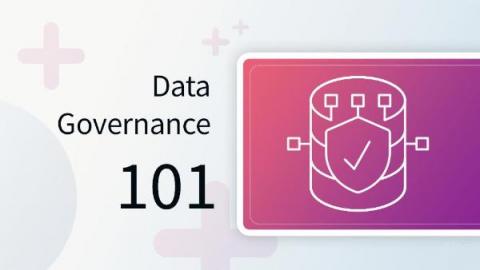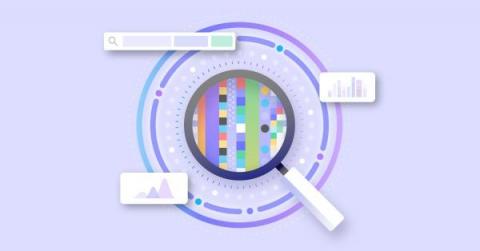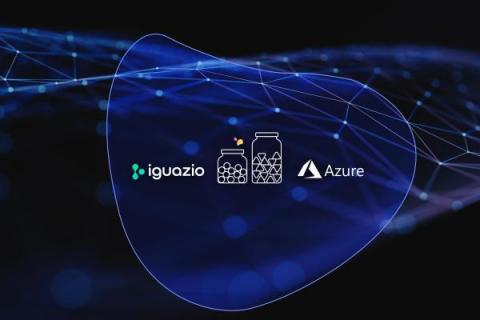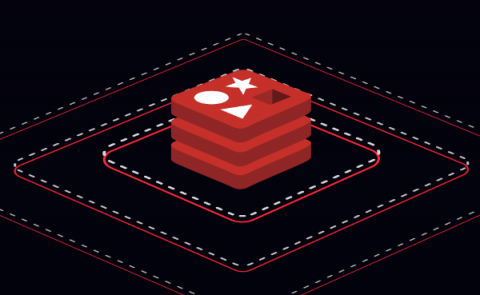What is Data Governance?
Data governance is a complex topic. In a nutshell, it refers to the aspect of data management concerning an organization's ability to ensure (A) that high data quality exists throughout the complete data lifecycle, and (B) that sufficient data controls are in place to support business objectives. In practice, data governance is the collection of processes, roles, policies, and standards that ensure a balance between access and control for information throughout an organization.











